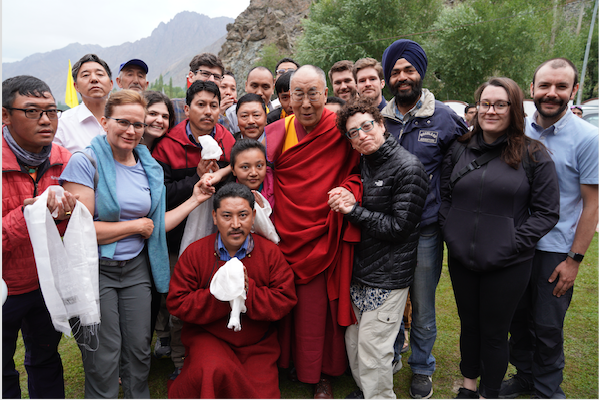The department of History of Science has been at the forefront of expanding both the content of what the field of history of science does by integrating historical, anthropological, and sociological approaches, and by exploring new teaching methods, from the preparation of Massive Open Online and hybrid (“flipped”) courses to filmmaking, interactive web design, material objects, and site-specific teaching. Our aim is to deepen and broaden this work so our faculty and students can rethink pressing historical problems with contemporary relevance. We extend the traditional aims of teaching and research, and through innovative, experimental, and collaborative ways, join them together. The department offers opportunities for research and learning beyond the seminar and lecture, among them field studies and faculty lead expeditions. Following are two examples of such initiatives.
Graduate Education Beyond the Classroom
Report on the Aramont Foundation Graduate Education Innovation Fund, 2021
______________________________
“Power to the People”: Technology and Culture in Ladakh, India
June 9-23, 2018
Around the world, more than 1 billion people lack access to electricity. This “energy poverty” is frequently used by the fossil fuel industry and those who are skeptical of climate change to argue that “progress” requires the continued use of oil and gas, particularly insofar as these people “deserve” the same access to energy that the rest of us have. But do these people need fossil fuels? Are there affordable, practical alternatives?

This trip took us to remote villages in the Ladakh region of Indian, in collaboration with Jaideep Bansal, Energy Access Leader, Global Himalayan Expedition (GHE). GHE has been working to electrify the remote mountain communities using Solar Micro Grids. Relying primarily on volunteers, GHE has brought energy access to over 20,000 people in 60 villages in the Himalayas who previously lacked any access to electricity. The project also involves the training of women villagers as solar engineers, who are able to run and maintain the systems after the volunteers have left, and the creation of village banks to ensure that financing is available for repairs, battery replacement, and future upgrades.
We visited several villages in the project, including one where electricity is being installed for the first time and one that has now had electricity for a few years. We talked with villagers in order to understand how they feel about the changes that have ensued, to better understand what happens to remote villages when they get electricity for the first time, and to learn what is most important to them about electricity. Participants also helped with a solar installation and had the opportunity to speak with villagers about their experiences (translators will be provided). Those interested in history of medicine had the opportunity to speak with villagers and healers about traditional medical practices in this region.

______________________________
History Beyond the Classroom. In early summer 2017, an enterprising group of graduate students, Prof. Janet Browne, and HU Center for the Environment Fellow Laura Martin organized a field excursion to the Galapagos Islands.
View video footage from the trip below, read the online blog or download a field summary about this life-changing adventure.